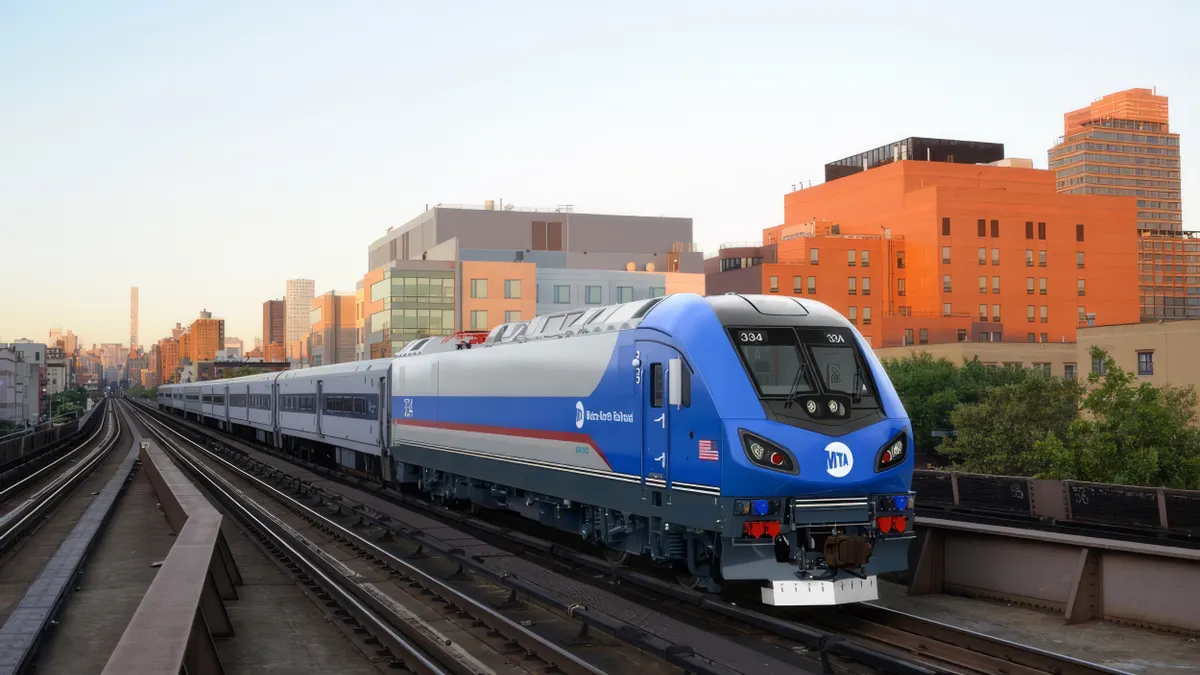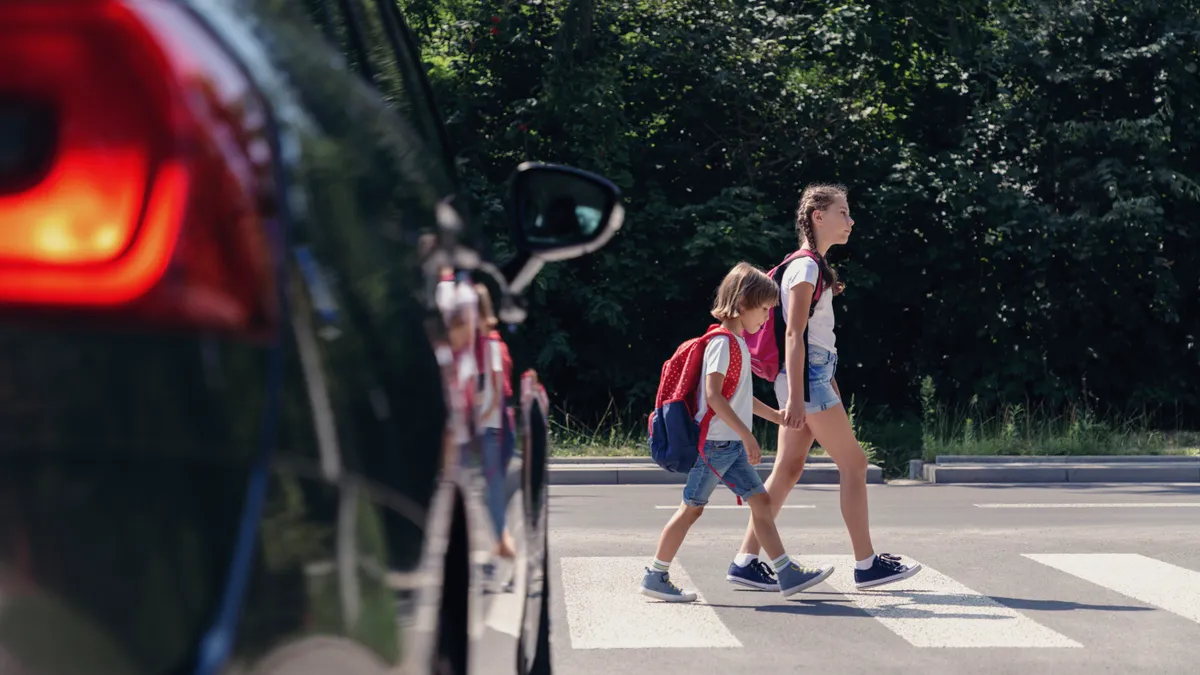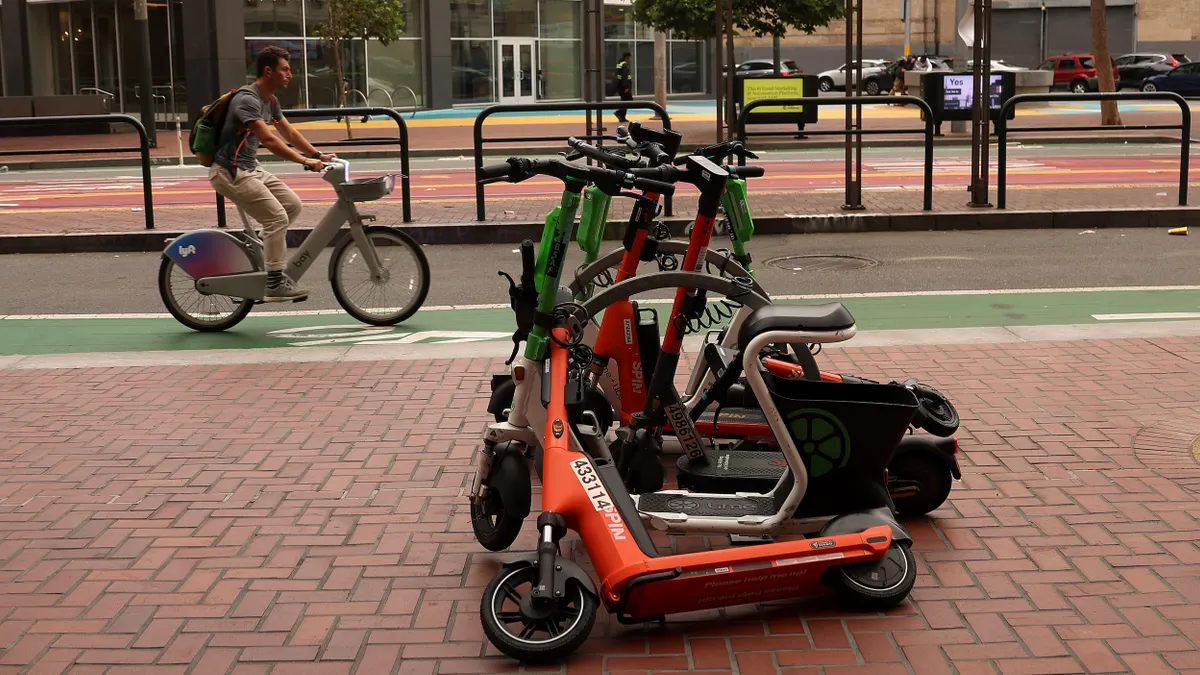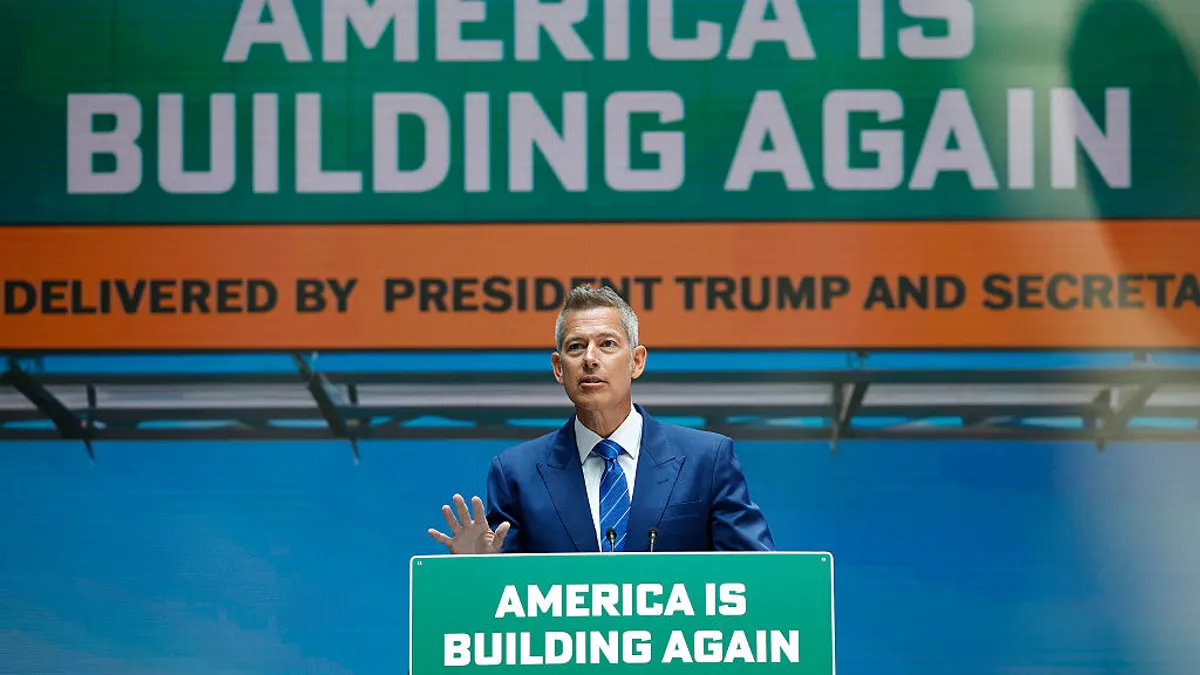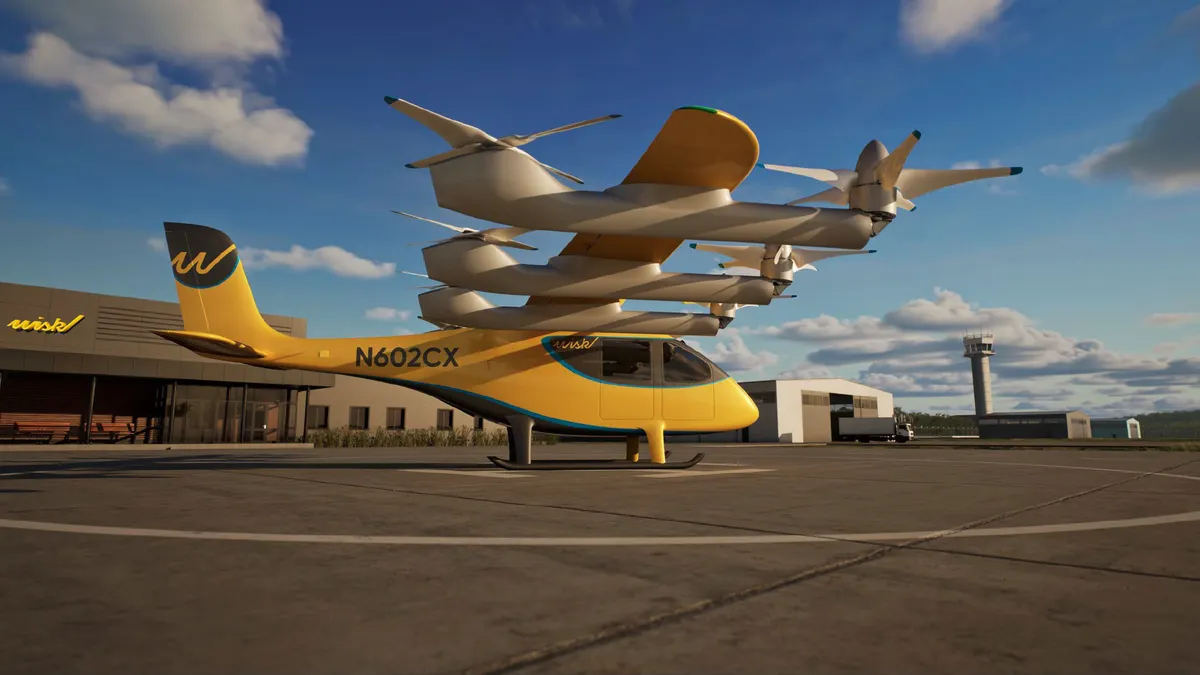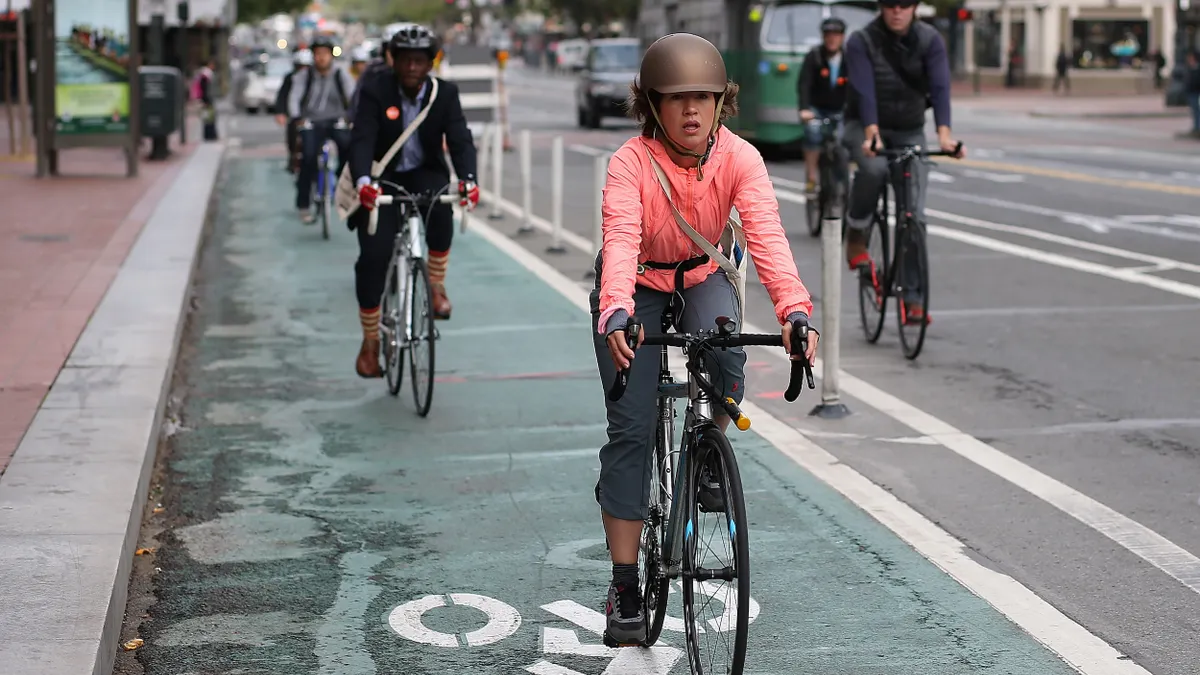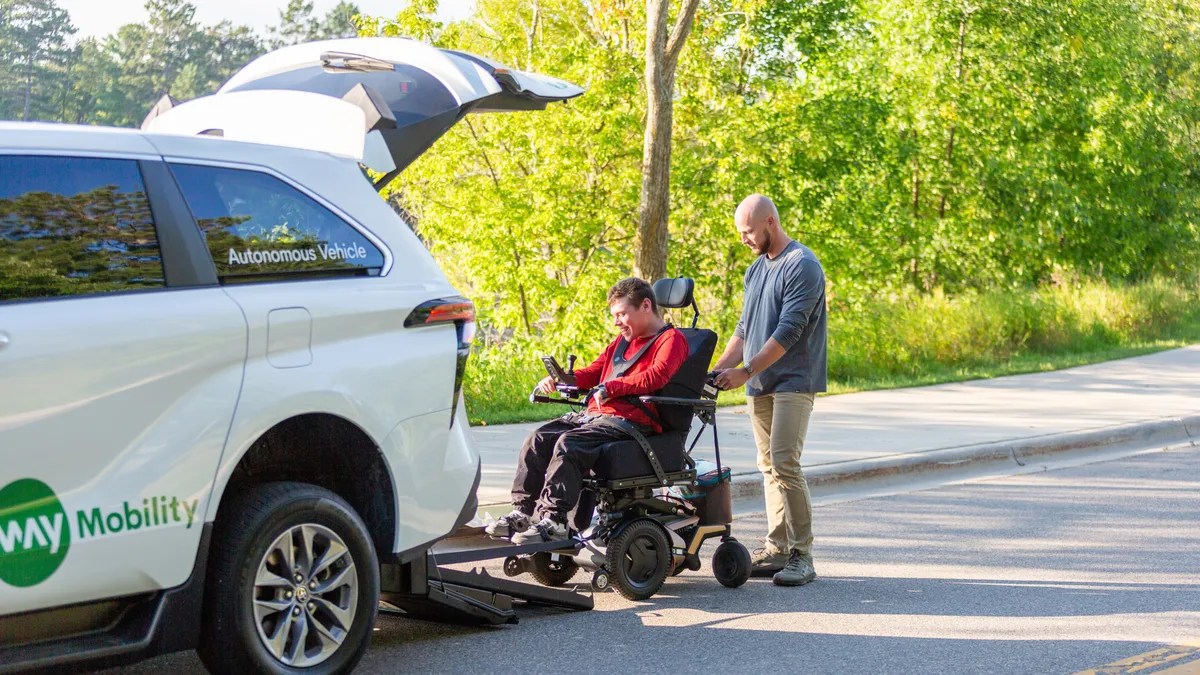Editor's Note: The following is a guest post from Jon Ziglar, CEO of ParkMobile.
Urban populations are skyrocketing, with an estimated 2.5 billion people to be added to urban areas in the next 30 years. As populations increase, cities across America (and the entire world) must reckon with out-of-date and, in some cases, crumbling transportation ecosystems.
What may have once been thought of as progressive solutions to reduce the number of single-occupancy vehicles on the road are now emerging as necessary considerations. And while public transportation and micromobility solutions like e-scooters offer alternatives, the global economy is a far cry away from eliminating cars from daily life.
One critical, and often overlooked, piece of transportation infrastructure is "the curb." Many U.S. cities have struggled to keep up with the rapid pace of change and innovation around the curb, which has disrupted the entire economy through the gig explosion of the 21st century, introducing countless ride-share and delivery apps.
What is curb management and why do we need it?
Curb management refers to how urban planners design the space between roads and buildings, whether that’s for a loading zone, a bike lane or parking spaces. It is not a new concept, but today's curbs remain, largely, repositories for a single use (i.e. individual parking spaces), rather than servicing multimodal transportation options such as e-scooters, bicycles, passengers waiting for buses and electric vehicle charging stations.
It’s not that cities aren’t aware of this problem. Curb management has become a hot button topic in city council chambers and on transportation committees nationwide as they look to implement comprehensive mobility strategies. And their goals are admirable: enhance livability, reduce traffic congestion and improve safety.
The issue is that no one can quite agree as to what high-quality curb management looks like.
The explosion of e-commerce and ride-share popularity has led to a proliferation of delivery trucks, rushed deliveries of hot noodles and Priuses scooping up riders. Often, the only realistic place for drivers to stop in these situations is a bike lane — if a street even has one — a loading zone, or by idling on the side of a busy road, blocking traffic and increasing congestion and greenhouse gas emissions. Further, these vehicles often park in limited loading zone spots, infuriating those who have proper permits who the spaces.
Drivers are continually frustrated by the lack of parking spaces in metropolitan areas. Often, after circling the block in search of a spot, they are forced to park far away from their destinations or pay for high-fee parking garages – further contributing to congestion, increased travel times and inefficient and painful city experiences.
Managing urban spaces and planning for city needs of the future is a long-term undertaking. Cities can't only think of solutions that will solve today's issues. They also have to consider how to make those solutions scalable for the opportunities and challenges that will arise in five, 10, or 20 years – like the rise of autonomous vehicles and the anticipated exponential growth of urban populations.
A better approach to curb management: Who does it benefit?
The reality is that there is no one-size-fits-all answer. Cities face different needs depending on their density, street design, existing infrastructure and the unique needs of their residents. For example, the needs of a sprawling city like my hometown of Atlanta are going to look different from those of a dense hub like Austin, TX.
To develop successful, scalable and enduring curbside management programs, cities must have visibility into data and information on a block-by-block basis pertaining to current curb usage.
Thankfully, there are proactive steps that city councils and transportation committees can take to steer their curbs toward a more sustainable position. Foremost, there are technology solutions such as augmented reality mapping tools and analytics from sensors and modern parking meters to provide real-time availability of spaces. These solutions integrate into existing IT infrastructure to help capture data and enable cities to better track curb usage, as well as evaluate existing systems and provide optimizations for data-based decision marking around enhanced curb management programs.
Some cities and organizations are already making strides toward better curb management. Recently, Transportation for America selected Bellevue, WA, Minneapolis and Boston as locations to study the demands placed on urban curb space as a component of their new Smart Cities Collaborative initiative. These cities are all different, from their density to their population sizes to their public transportation options, and the hope is that this study will provide a framework for sister cities to replicate insights and implement best practices and infrastructure solutions.
In addition, El Paso, TX recently rolled out a smart parking app that shows a map view of where the available parking spots are in the city so that people can avoid areas with no available spaces and drive directly to the streets where there are open spots, saving time and avoiding frustration. This real-time view is based on sensor data and reduces congestion through improved consumer visibility and transparency.
There are a myriad of solutions cities can tap into as they look to make better use of diminishing curb space and flesh out urban mobility strategies. We won’t really know what works until city leaders partner with tech and digital experts to see what should be given priority.
With strong partners and advocates for better digital infrastructure, we can bring the vision full circle and improve every citizen's mobility experience with an approach to the curb that fits 21st century city identities and resident needs.







